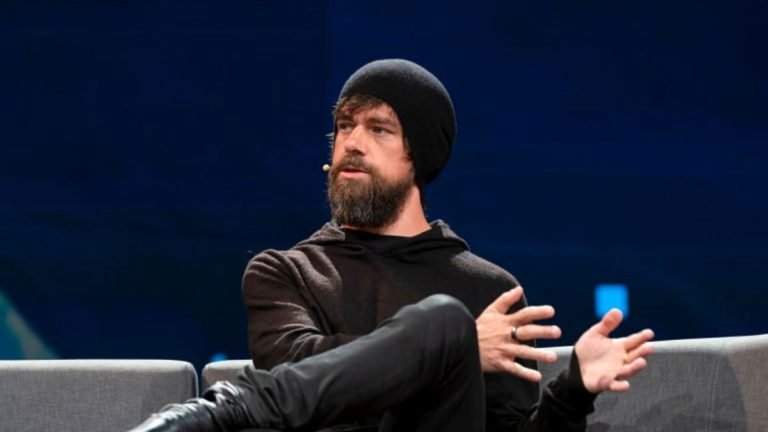Jack Dorsey’s TBD announces to build a new decentralized web on Bitcoin called Web5. Last year, Jack Dorsey resigned from the position of Twitter CEO after serving for more than six years, possibly to focus on the TBD project.
What is Web5?
Web5 is an extra decentralized web that puts users in control of their data and identity.
TBD explains on its website: “The web democratized the exchange of information, but it’s missing a key layer: identity. We struggle to secure personal data with hundreds of accounts and passwords we can’t remember. On the web today, identity and personal data have become the property of third parties.”
Web5 brings decentralized identity and data storage to your applications. It lets developers focus on creating delightful user experiences, while returning ownership of data and identity to individuals.
Components of Web5
- Decentralized Identifiers: An implementation of DIF’s emerging decentralized identifiers standard.
- DECENTRALIZED WEB NODE: An implementation of DIF’s emerging decentralized personal datastore standard.
- SELF-SOVEREIGN IDENTITY SERVICE: An in-a-box service that handles the full Verifiable Credentials lifecycle, including issuance, verification, revocation, and more.
- SELF-SOVEREIGN IDENTITY SDK: Standards-based primitives for using Decentralized Identifiers and Verifiable Credentials.
Web5 Actors
- WALLETS: wallets act as agents for individuals or institutions by facilitating identity and data interactions.
- DECENTRALIZED WEB NODES (DWNS): personal datastores that hold public and encrypted data.
- DECENTRALIZED WEB APPS (DWAS): web apps enhanced with decentralized identity and data storage capabilities.
Web5 Use Cases
Explaining the use case of web5, TBD described a scenario how a user control his identity and own his data.
Control your identity
Alice has a digital wallet that stores her identity, data, and authorizations for external apps and connections in a safe manner. Alice logs onto a new decentralized social media platform with her wallet. Alice does not need to create a profile because she has connected to the app with her decentralized identity, and all of the connections, relationships, and postings she makes through the app are saved in her decentralized web node. Alice can now swap apps whenever she wants while maintaining her social profile.
Own your data
Bob is a music fan who despises having his personal information tied to a single company. It causes him to constantly re-create his playlists and tracks across many music apps. Fortunately, there is a way out of this maze of vendor-locked silos: Bob can store this information in his decentralized web node. Bob may give any music app access to his settings and preferences in this way, allowing him to take his tailored music experience with him everywhere he goes.
Read Also: TBD Secret Revealed: Square To Build A Decentralized Bitcoin Exchange



